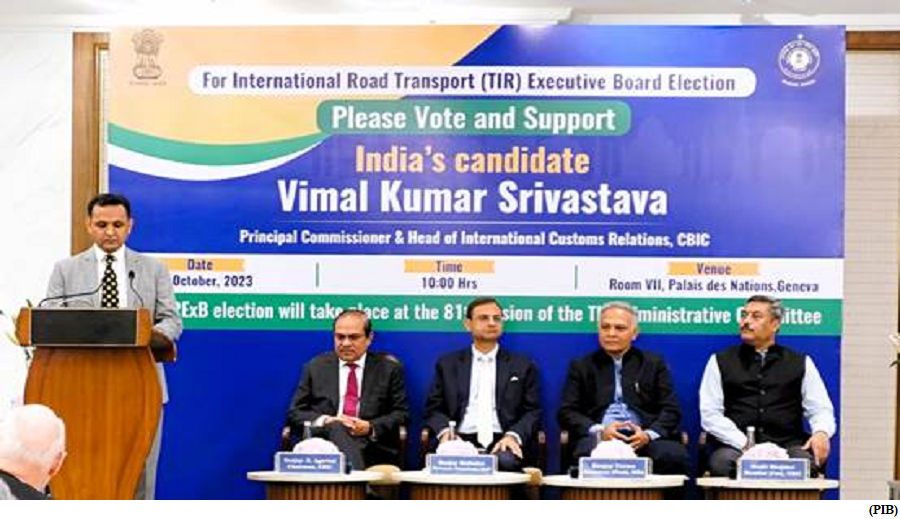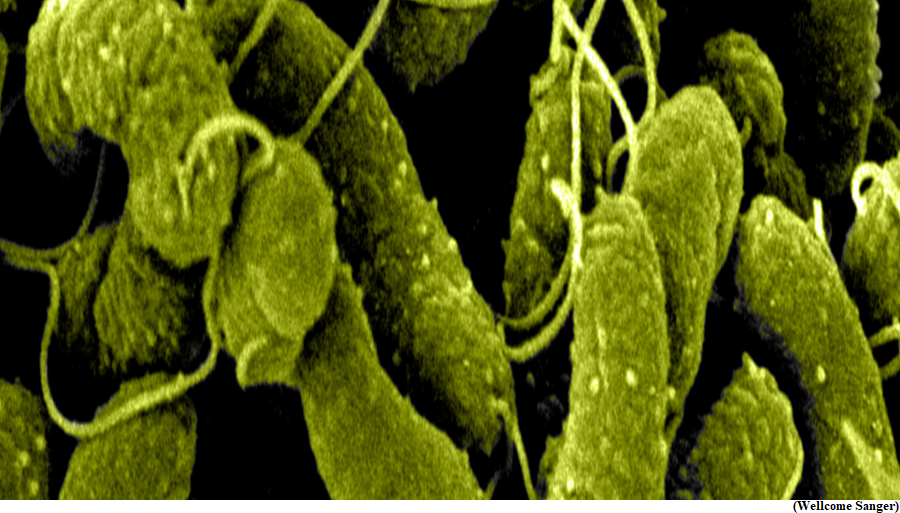How important is the first asteroid sample? (GS Paper 3, Science and Technology)

Why in news?
- Recently, NASA’s asteroid-hunting spacecraft OSIRIS-Rex, short for Origins-Spectral Interpretation-Resource Identification-Security-Regolith Explorer dropped a capsule containing a sample of rocks and dust that it had collected from the asteroid 101955 Bennu over the earth, which landed in the Utah desert.
- Going ahead, scientists will catalogue the capsule’s contents, study its composition, and share pieces of it with their peers around the world. Many believe that along with comets, carbon-rich asteroids like Bennu may have seeded the earth with primordial life as they smashed into the young planet more than four billion years ago.
What was OSIRIS-REx’s mission?
- Launched in 2016, the OSIRIS-REx spacecraft completed a series of complex manoeuvres to propel itself into orbit around Bennu two years later.
- After releasing its sample capsule, the spacecraft will fire its engines to shake free from the earth’s gravity and begin a new journey, to study another asteroid, Apophis, in 2029.
Why do scientists want to study Bennu?
- The asteroid belt between Mars and Jupiter is inhabited by thousands of space rocks, ranging from pebbles to the 800-km-wide Ceres.
- A part of the orbits of some of these bring them closer to the sun than Mercury. Sometimes, such eccentric orbits also bring them quite close to the earth.
- Planetary defence experts are keen to know more about such near-earth asteroids (NEA), because it isn’t improbable for the earth to be threatened with a collision someday.
Mining asteroids:
- Another reason, apart from planetary security and the origins of life on the earth, to study asteroids like Bennu is the possibility of mining them.
- NASA’s Galileo (launched in 1989) and NEAR Shoemaker (1996) and Japan’s Hayabusa 1 (2003) and Hayabusa 2 (2014) missions have found that many asteroids are solidified debris from supernovae, and are made of the same stuff as the solar system: dust, rocks, water ice, and an alloy of iron, nickel and cobalt, a sort of natural steel.
- This material can be extracted from asteroids; we can also tap the water present in them in the form of permafrost or saturated minerals as a resource in space.
- NEAs could be better pit stops than the moon where space missions can drop payloads off to be returned to the ground.
Challenges:
- The challenges like low gravity, lack of atmosphere, and radiation exposure need to be overcome first.
CBIC canvasses support for India’s candidature for TIR Executive Board (TIRExB)
(GS Paper 3, Economy)
Why in news?
- The Central Board of Indirect Taxes and Customs, Ministry of Finance, in association with the Ministry of External Affairs organised an event in New Delhi for ambassadors and delegates from Contracting Parties to the Convention on International Transport of Goods Under Cover of TIR Carnets (TIR Convention, 1975) to canvass support for India’s candidature for TIR Executive Board (TIRExB).
- The elections are scheduled to be held during the 81st session of the TIR Administrative Committee in October 2023, at Palais des Nations, Geneva.

Why it matters?
- India seeks to integrate with the international transport networks under the aegis of the Convention and recognises that cross-border connectivity has a key role in regional integration, economic growth, and geopolitical stability.
- With the election of India’s expert in the TIR Executive Board, India intends to contribute significantly to the global integration of multi-modal transport system through implementation of the related procedures and methods, especially the full digitisation of TIR.
- India intends to expand the geographical coverage of the Convention and leverage it for redefining the transit arrangements in the South Asia region.
About TIR Convention:
- TIR Convention, 1975 is an international harmonised system of Customs control, which enables seamless transport of goods crossing multiple international borders using a single customs document (TIR Carnet) and a unified system of guarantee.
- It has 78 Contracting Parties, including India. More than 33,000 operators are authorized to use the TIR system and around 1.5 million TIR transports are carried out per year.
- The TIR Executive Board (TIRExB) is a subsidiary body of the TIR Administrative Committee. It supervises and provides support in the application of the TIR procedure. It is composed of 9 members, each from different Contracting Parties.
India’s accession:
- India is a significant trading nation in the Asia Pacific region and a key participant in the International North-South Transport Corridor (INSTC).
- Since its accession to the Convention in 2017, India has taken several measures to promote the use of TIR. A National Guaranteeing Association has been appointed and a Circular 48/2018-Cus has been issued detailing the procedure and authorising ports and other customs stations of the country.
- India has also conducted pilot runs, including one using digital TIR. Measures have been initiated to ensure effective usage of TIR through stakeholder consultations.
Genes fuel antibiotic resistance in Yemen cholera epidemic
(GS Paper 2, Health)
Why in news?
- Genes imparting resistance to multiple antibiotics emerged in the Vibrio cholerae bacterial strains responsible for the ongoing Yemen cholera epidemic around 2018, following changes in antibiotic treatment.
- These findings emphasise the importance of tracking pathogen genomes to monitor the emergence of multidrug-resistant strains that increase human morbidity and mortality.

Details:
- The cholera outbreak in Yemen, which began in 2016, is the largest in modern history and antibiotic resistance has become widespread among V. cholerae bacteria since 2018.
- Drug resistance in bacteria may develop and spread via spontaneous mutations or by the acquisition of resistance-conferring genes.
New plasmid:
- Researchers analysed 260 epidemicV.choleraegenomic DNA samples collected in Yemen between 2018 and 2019. They report the presence of a new plasmid in V.cholerae from late 2018 to the bacterial strains behind the epidemic.
- This plasmid introduced genes encoding resistance to multiple clinically used antibiotics, including macrolides (such as azithromycin).
- The plasmid became widely spread and was found in all epidemic V.choleraesamples tested by 2019, coinciding with macrolide antibiotics being used to treat pregnant women and children with severe cholera.
- They also found the multidrug-resistance plasmid in less pathogenic, endemic cholera strains, suggesting that epidemic and endemic V.cholerae strains might exchange plasmids and antibiotic-resistance capabilities.
Conclusion:
- They conclude that clinical macrolide use and genetic exchange may have contributed to multidrug-resistance spread among Yemeni V.cholerae lineages.
- They argue that the emergence of the multidrug-resistant pathogen demonstrates the importance of continuing genomic surveillance of the Yemen cholera outbreak.




